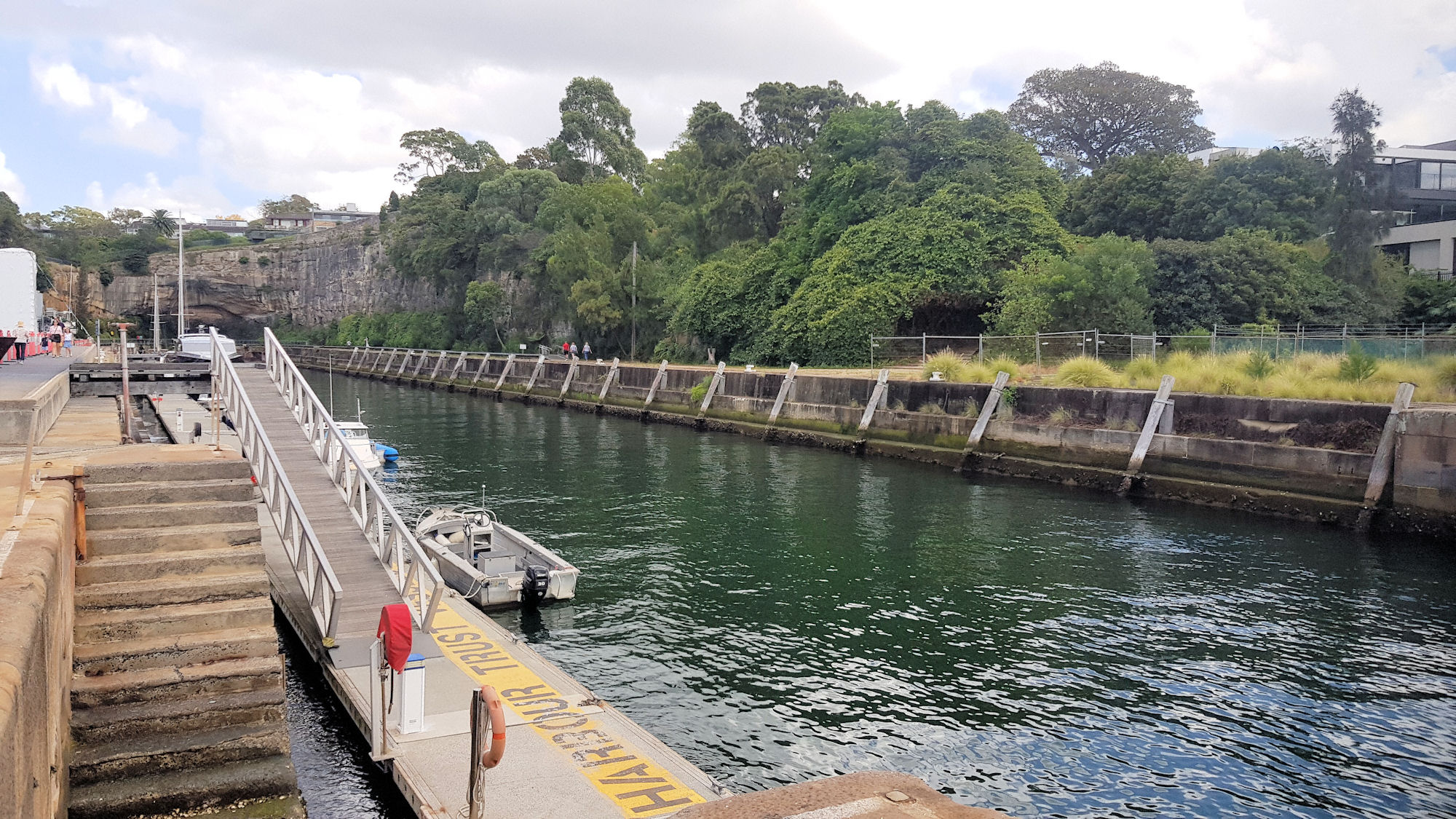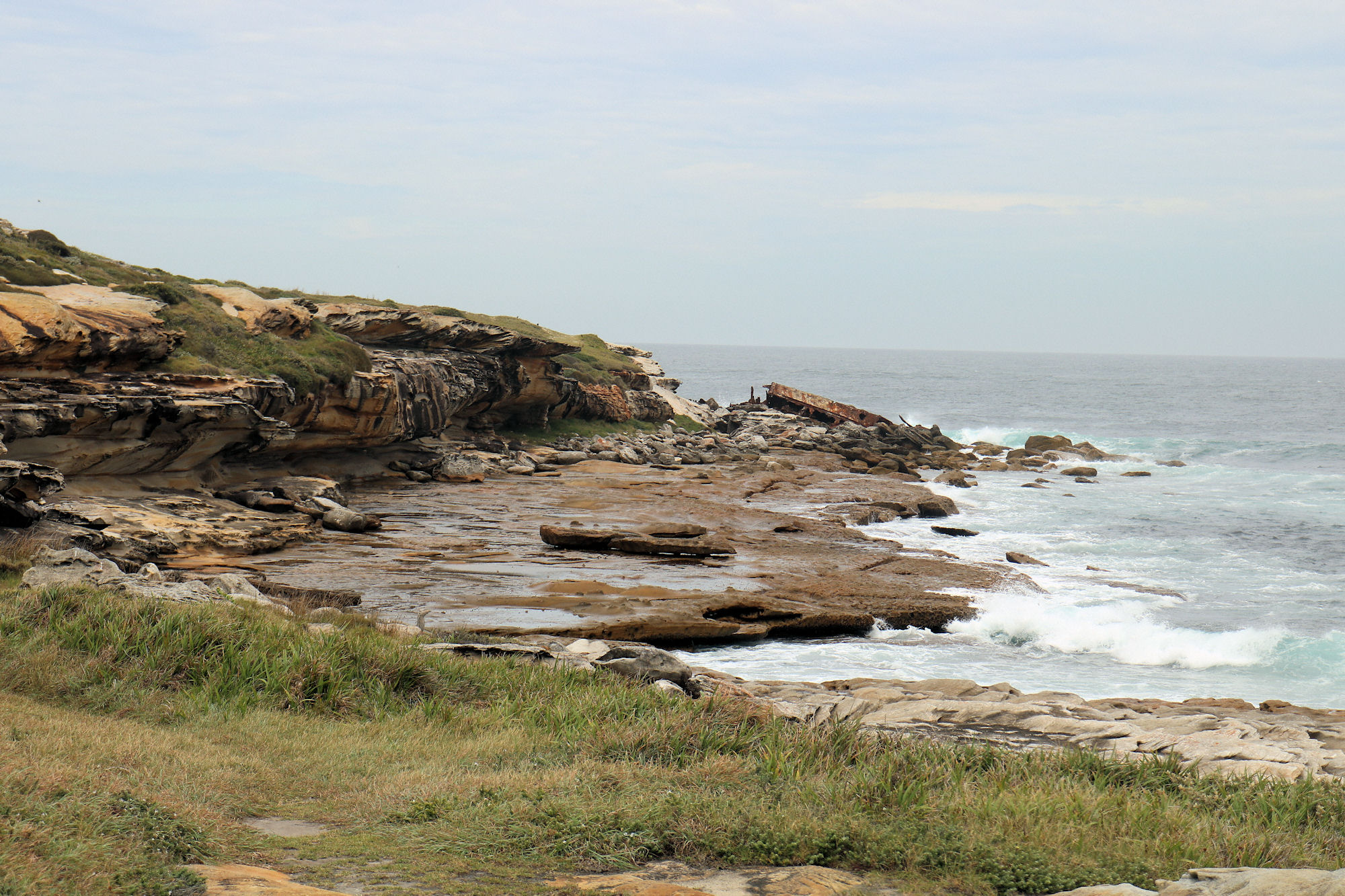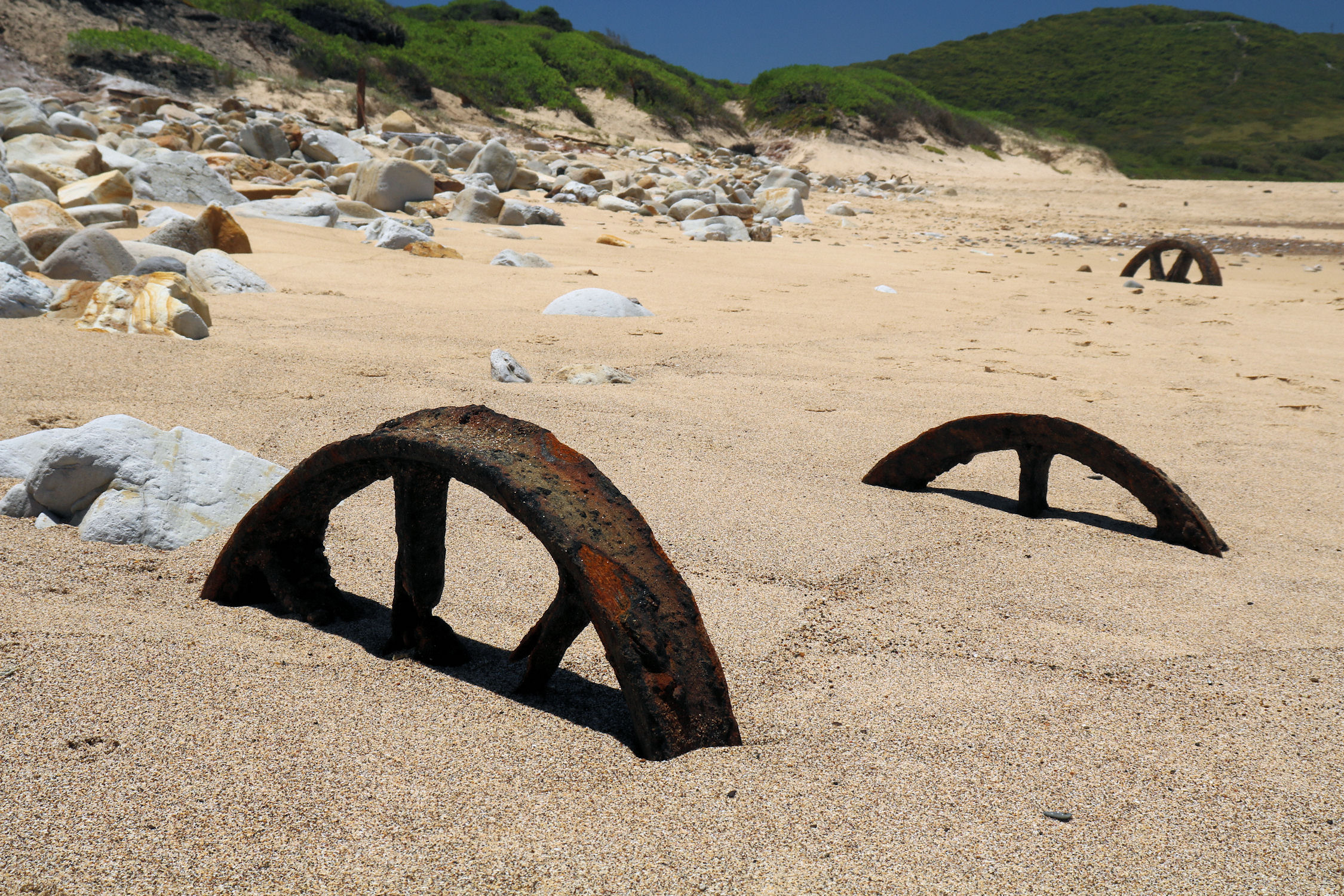Category: Vehicles
-
Woolwich Dock on Sydney Harbour

Woolwich Dock Originally the largest dry dock in Australia when completed in 1910, Woolwich Dock is now a reminder of the past. Owned by the Sydney Harbour Federation Trust, the dock is well maintained and access is free. Getting There Only a ten-minute walk from Woolwich Wharf, Woolwich Dock was once a bustling shipyard, but… Read more
-
Cape Banks Botany Bay National Park

Cape Banks Getting There We drove to Cape Banks and parked near the pistol club and helicopter base. This large car park has plenty of space, so parking shouldn’t be a problem. Cape Banks Walking Track The Cape Banks Walking track runs past the Westpac Lifesaver Helicopter Base towards the coast. On the way you… Read more
-
Burwood Beach Mining Heritage

Burwood Beach Mining Heritage Located south of Merewether Ocean Baths, Burwood Beach is not only a great surfing beach, but has relics from the areas mining heritage. There are several ways to get to the beach, each with its own benefits. The Yuelarbah Track, which winds down a Flaggy Creek, is a great hike in… Read more